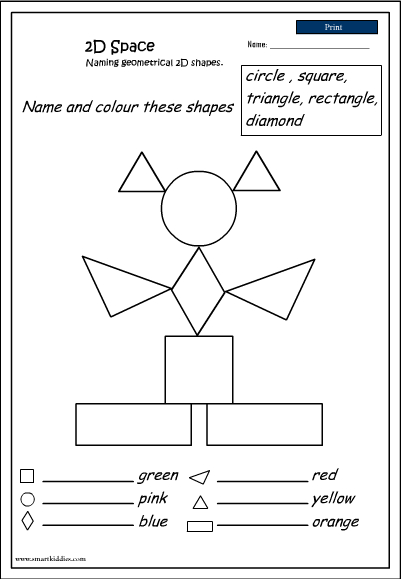Naming 2D shapes
- Grade: Grade 6
Activity type: Printable
To save results or sets tasks for your students you need to be logged in. Join Now, Free
Naming 2D shapes
- Course
Mathematics - Grade
Grade 6 - Section
Two-dimensional shapes - Outcome
Old lessons - Activity Type
Printable - Activity ID
3381

